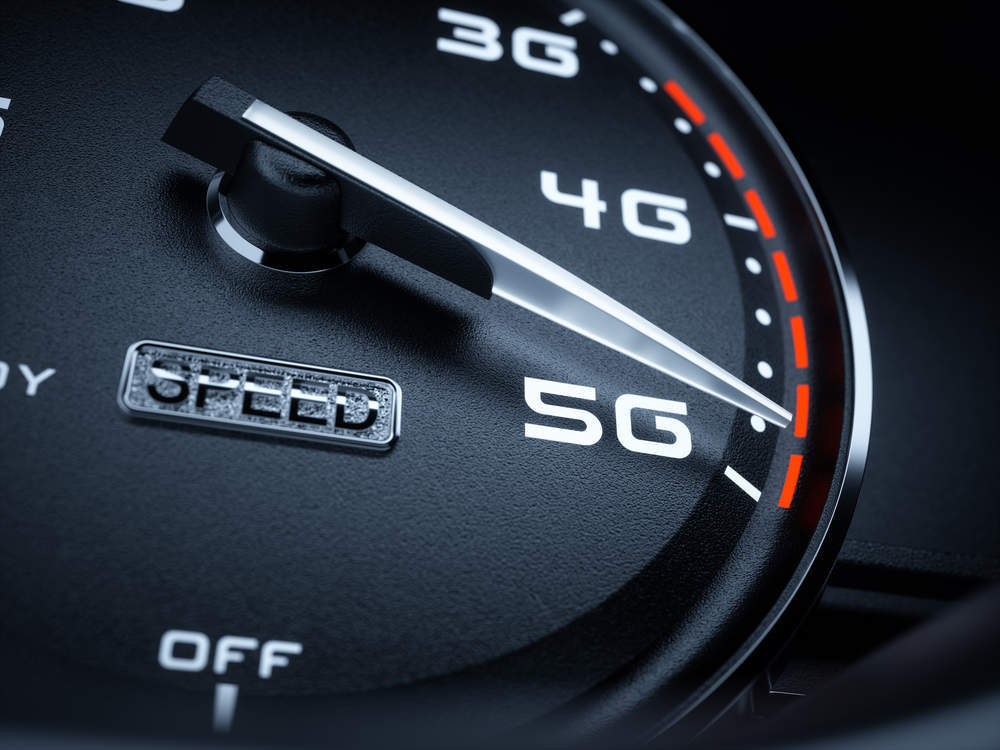Over the past 20 years, mobile operators have been prone to over hyping network performance and turning technological advancements into marketing-speak.
With AT&T’s introduction of 5G Evolution, marketing wars around 5G look about to begin.
The history of mobile network evolution used to be pretty clear.
First there was analog (which, by the way, no one referred to as 1G), the service customers had in the 1980s – simple voice over inefficient networks, but that was OK because most people couldn’t afford cellphones (which were at that time called carphones).
Then came 2G (which was simply referred to as digital to differentiate it from analog service).
As cellular operators began launching 2G GSM networks in the early 1990s, customers began to use basic services like SMS and mobile e-mail access, though unless you had a BlackBerry the process was pretty painful.
How well do you really know your competitors?
Access the most comprehensive Company Profiles on the market, powered by GlobalData. Save hours of research. Gain competitive edge.

Thank you!
Your download email will arrive shortly
Not ready to buy yet? Download a free sample
We are confident about the unique quality of our Company Profiles. However, we want you to make the most beneficial decision for your business, so we offer a free sample that you can download by submitting the below form
By GlobalData2G was followed by 3G, originally introduced in 1998.
The introduction of 3G brought significant improvements in data speeds, which in turn brought larger-screened BlackBerrys and other smartphones better equipped for downloading and texting.
However, that’s where the confusion started on the Gs.
3G was followed by 3.5G, 3.75G, 4G, 4G/LTE, 4.5G, 4.9G and pre-5G depending on the operator or vendor.
The fact that none of these terms align with any official standards from the European Telecommunications Standards Institute (ETSI), the Institute of Electrical and Electronics Engineers (IEEE) or any other standards bodies meant all of these terms virtually lost their meaning.
Which brings us, finally, to 5G.
The good news here is that the Next Generation Mobile Networks (NGMN) Alliance – which comprises mobile operators, telecom equipment vendors, and a number of academic research institutes – has established clear goals for what performance criteria must be achieved for mobile networks to be truly 5G.
These include the ability to transmit 10 Terabytes of data per square kilometre of network coverage; the ability to support peak user data rates in excess of 10 Gb per second, a reduction in network latency to less than five milliseconds for internet communication and less than one millisecond for vehicle-to-vehicle communication.
Those are lofty goals that, if achieved, create a variety of intriguing use cases for operators around connected car, augmented/virtual reality, interactive gaming, and the Internet of Things.
The challenge is this: network deployments are iterative – the initial 5G New Radio (NR) standard is slated for completion by the end of 2017 but there are several upgrades to 4G standards coming in the next few years that will be crucial for 5G to achieve its performance goals.
Also, in order to achieve the goals set out by the NGMN on 5G, network operators will need to make significant network investments.
In short, many of the goals of 5G will not be achieved by 2020, and with 5G unlikely to be ubiquitously deployed in the same way that 4G/LTE has, much of the promise of 5G may not be fully achieved at all, at least not network-wide.








Related Company Profiles
BlackBerry Ltd